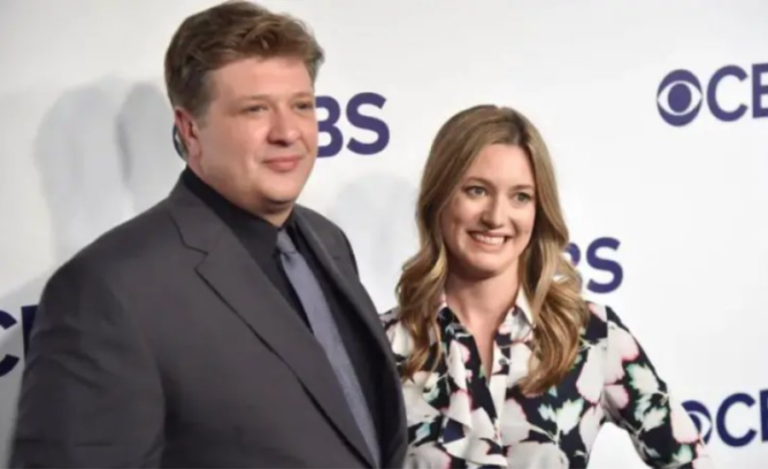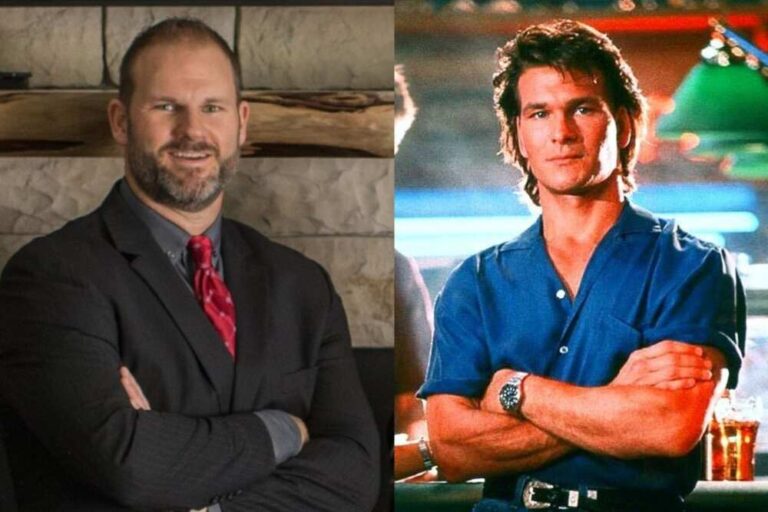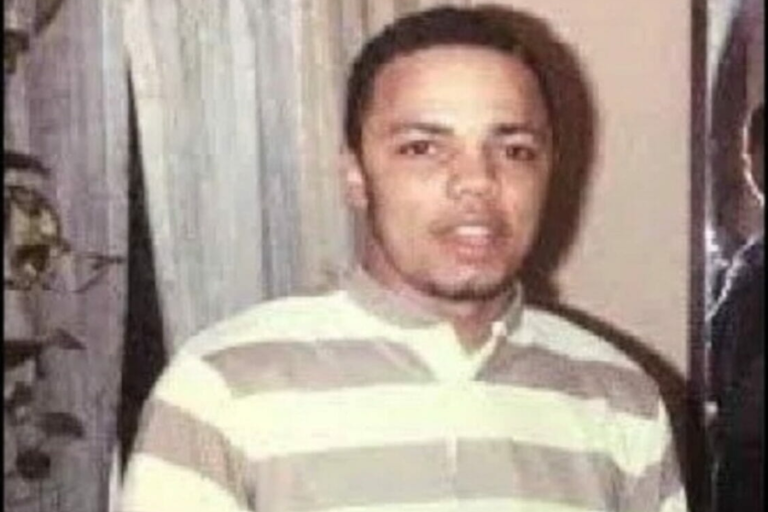Thomas Ronald Washington—Who Is He? An Exploration of His Life and Work
In the world of entertainment, it’s common for real-life individuals and their experiences to serve as inspiration for artistic creations. One such example is the character of Thomas Ronald Washington, whose journey to fame has become an integral part of pop culture. Through various TV shows and media portrayals, Thomas Ronald Washington’s story has captured the imaginations of audiences worldwide.
From humble beginnings to meteoric success, Thomas Ronald Washington’s rise to fame is a tale of perseverance, talent, and the pursuit of dreams. Through compelling storytelling and captivating performances, his character has left an indelible mark on the entertainment landscape, resonating with viewers who are drawn to the authenticity and relatability of his journey. As we delve deeper into his portrayal in TV shows, we gain insight into the impact of real-life figures on the world of fiction, showcasing the enduring power of storytelling to both entertain and inspire.
Thomas Ronald Washington : Who is he?
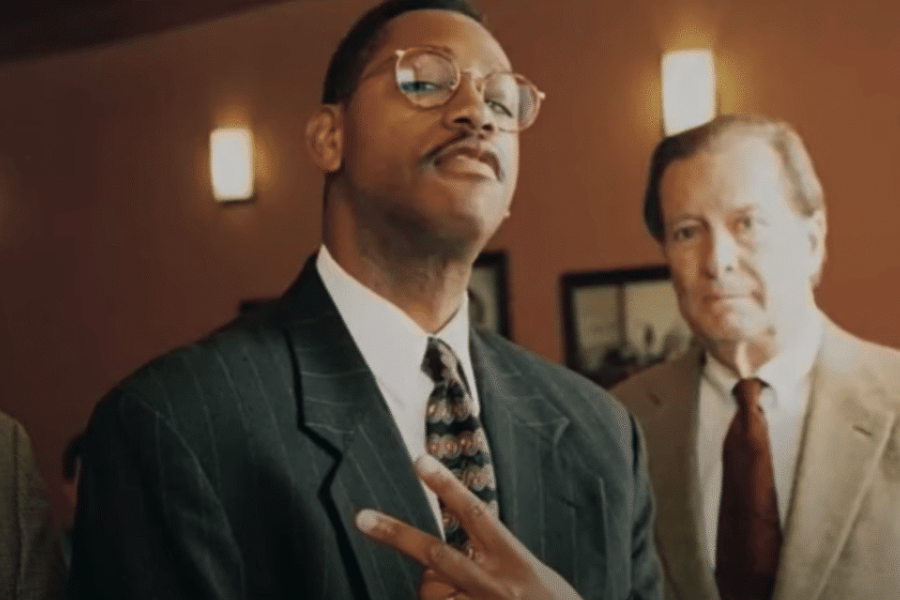
Despite the buzz on Reddit forums, it’s essential to clarify that Thomas Washington is purely a fictional creation crafted by Francesca Sloan and Joseph Adcock for the Atlanta series. In a documentary-style episode, Thomas emerges as a groundbreaking figure, depicted as The Walt Disney Company’s inaugural black CEO in the aftermath of the 1992 Los Angeles riots. His journey begins at the Savannah College of Art and Design, where he nurtures dreams of joining Disney as an animator. Following an enlightening seminar led by Art Babbitt, the mastermind behind Goofy, Thomas lands a role as an assistant animator on DuckTales the Movie: Treasure of the Lost Lamp, marking his entry into the world of animation.
However, the narrative takes an unexpected turn when Disney’s interim CEO, Tom Washington, passes away during the 1992 riots. Due to a case of mistaken identity, Thomas Ronald Washington inadvertently assumes the CEO position, much to the board’s chagrin. Despite initial scepticism, Thomas sets out to revolutionise Disney’s creative direction. He challenges longstanding conventions, questioning the dynamics between iconic characters like Mickey Mouse, Pluto, and Goofy. His ambitious project, “the blackest movie of all time,” aims to dissect and reconstruct American culture, drawing inspiration from his own life, including his son Maxwell’s influence on the character of Max Goof. Despite facing obstacles within Disney’s hierarchy, Thomas’ brief tenure leaves a profound impact on the company, resonating even after his departure from the entertainment scene, as attested by his wife.
The Inspiration Behind Thomas Ronald Washington Character
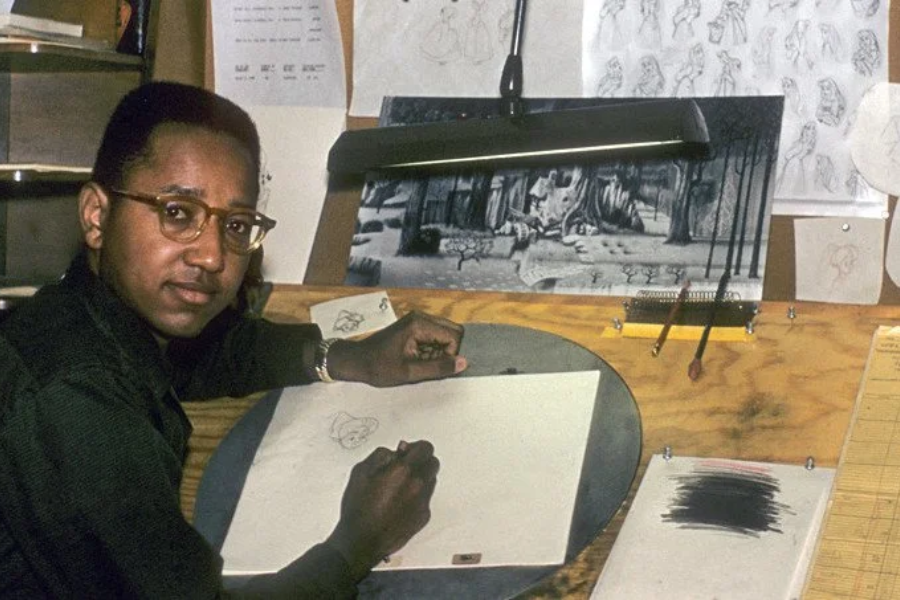
Disney’s portrayal of Thomas Washington as its first black CEO in the Atlanta series prompts speculation about real-life inspirations. Many believe that Floyd Norman, Disney’s first African-American animator, serves as the basis for this character. Norman’s journey into the world of animation began in 1956 when he joined Disney as an inbetweener on the film “Sleeping Beauty.” Despite the prevalent racism of the time, Norman’s upbringing in Santa Barbara shielded him from its worst effects, allowing him to focus on his passion for animation. His early contributions to iconic Disney characters like the fairies Fauna, Flora, and Merryweather suggest a potential connection to the fictional character of Thomas Washington.
Floyd Norman’s Animation Career Highlights
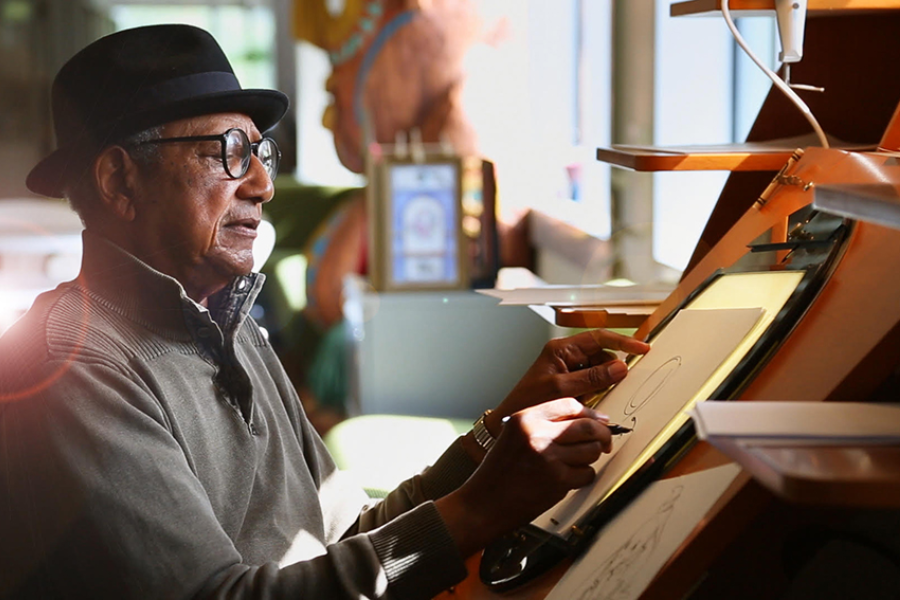
In the 1960s, Floyd Norman served as an assistant animator on iconic Disney projects like “Mary Poppins” and “The Jungle Book.” His creative contributions extended to memorable sequences, such as the “Trust in Me” gag with Kaa and Mowgli.
Transitioning into the 1970s and 1980s, Norman’s career took diverse turns. Following Walt Disney’s passing in 1966, he co-founded the Afro Kids animation studio, collaborating with animator Leo Sullivan. This partnership led to the creation of notable shows like the original “Hey! Hey! Hey! It’s Fat Albert’s television special.
Returning to Disney in the early 1970s, Norman worked on projects like “Robin Hood” and contributed to animated television programs at Hanna-Barbera and Ruby-Spears. In the 1980s, he ventured into comic strip writing, notably scripting the final Mickey Mouse comic strip before its discontinuation. Norman’s career continued to thrive as he made significant contributions to motion pictures for Walt Disney and Pixar Animation Studios, serving as a story artist on films such as “Mulan,” “Dinosaur,” “Toy Story 2,” and “Monsters, Inc.”
Other Notable Black Animators at Disney
Floyd Norman’s impact on the animation industry extends far beyond his own creations. His success at Walt Disney Corporation paved the way for increased diversity in the field, inspiring the company to embrace a more inclusive approach to hiring. As a result, a talented group of black cartoonists and animators found opportunities to showcase their skills within the Disney universe.
These individuals, including Leo D. Sullivan, Brenda Banks, Bruce W. Smith, LeSean Thomas, and Peter Ramsey, have contributed significantly to the world of animation. Their unique perspectives and creative talents have enriched Disney’s projects, bringing fresh voices and innovative ideas to beloved characters and stories.
Brenda Banks: Bringing Joy to Animation
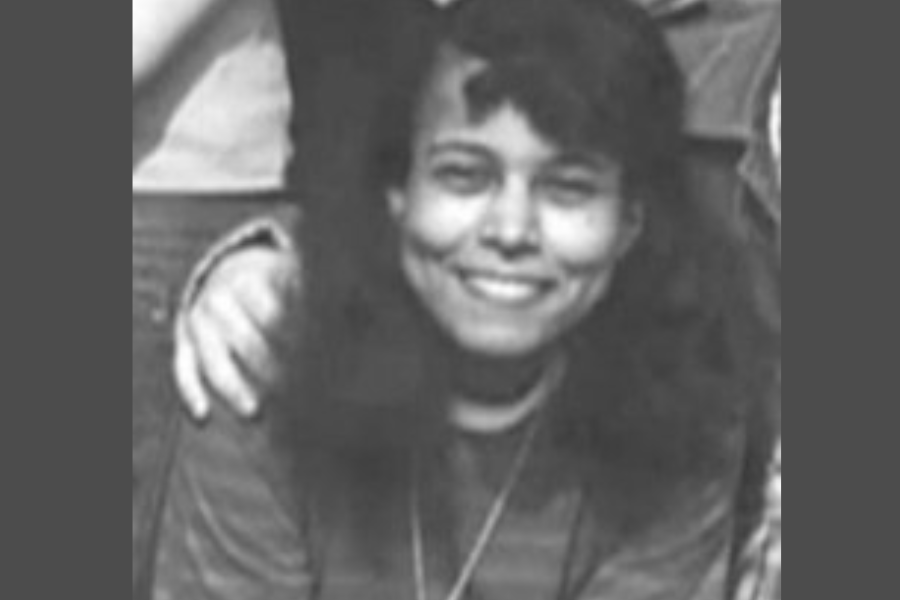
If you’ve ever found yourself laughing along to the classic Looney Tunes cartoons on HBO Max, then Brenda Banks is a name that’s likely etched in your memory. Her journey into the world of animation began back in the 1970s with the creation of the animated special “B.C.: The First Thanksgiving.” As Banks continued to carve her path in the industry, her impressive portfolio expanded to include a diverse range of projects, from beloved TV shows like “The Simpsons” and “The Smurfs” to enchanting films like “The Pagemaster.”
Bruce W. Smith’s Impact on Animation
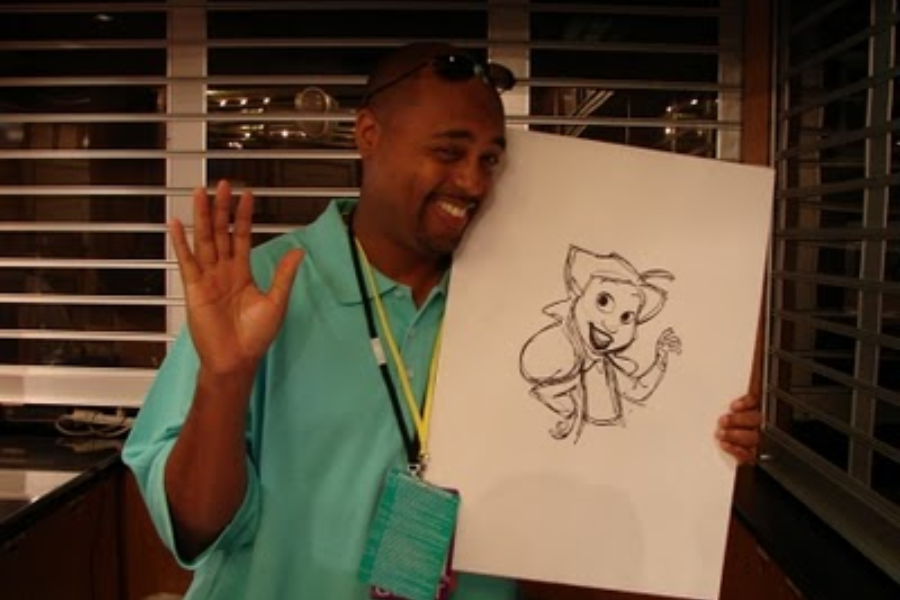
Even if Bruce W. Smith’s name isn’t immediately familiar, his impact on animation is undeniable. Over his nearly 40-year career, he’s held various roles, including animator, writer, character designer, and director. Despite his behind-the-scenes status, his work shines in beloved classics like “Who Framed Roger Rabbit,” “Space Jam,” “A Goofy Movie,” and “The Princess and the Frog.”
Bruce W. Smith’s contributions have left an indelible mark on animation, shaping beloved films and characters. While he may not be a household name, his talent and dedication are evident in the enduring appeal of his work.
LeSean Thomas: Animation Journey and Success in Tokyo

LeSean Thomas embarked on his journey in animation with notable shows like Kim Possible, Batman: The Brave and the Bold, and Teenage Mutant Ninja Turtles. His talent and creativity earned him critical acclaim, particularly for his contributions as a designer on the groundbreaking series, The Boondocks.
Currently residing in Tokyo, Thomas’s passion for anime has flourished. This passion led him to co-produce his original movie, Children of the Ether, in collaboration with Crunchyroll. Additionally, in 2021, he achieved further success by producing the highly acclaimed Netflix anime, Yasuke.
Peter Ramsey: An Animation Luminary
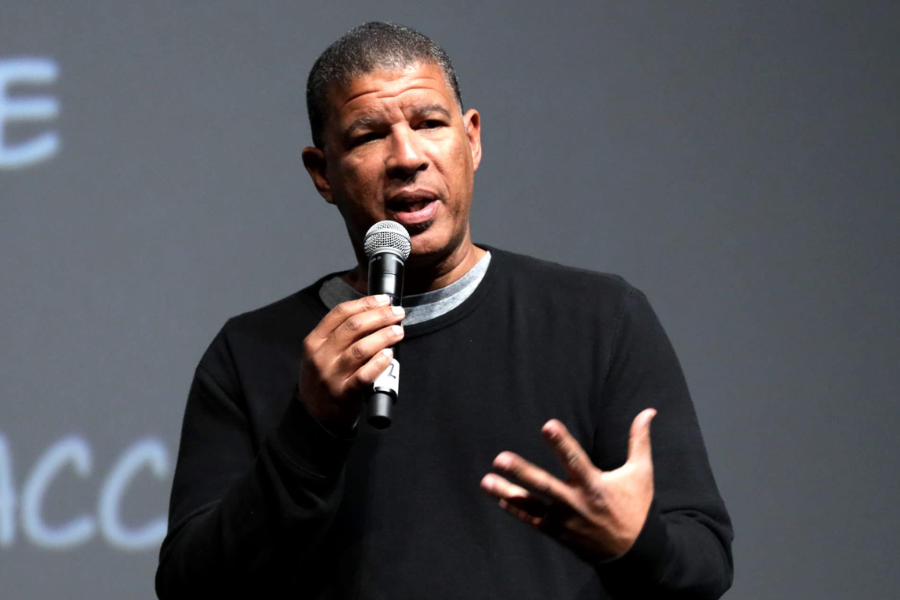
Peter Ramsey’s career is revered among many creators in the animation industry. Starting as a storyboard artist for notable films like Predator 2, Fight Club, and Independence Day, Ramsey showcased his talent and versatility. His journey led him to DreamWorks Animation, where he contributed to well-known projects such as Shark Tale, Shrek the Third, Monsters vs. Aliens, and Flushed Away. Notably, Ramsey made his directorial debut with the acclaimed Rise of the Guardians, further solidifying his place in the animation world.
However, the true highlight of Ramsey’s career came with Spider-Man: Into the Spider-Verse, a visual masterpiece that redefined animated storytelling. Serving as the co-director of this groundbreaking film, Ramsey’s contribution earned him the prestigious Oscar for Best Animated Feature. Despite these accolades, Ramsey remains humble, continuing his work as an executive producer on the eagerly anticipated sequels to Spider-Verse, proving that his journey in animation is far from over.
Leo D. Sullivan: An Animation Trailblazer

Leo D. Sullivan, an esteemed member of the Black Filmmakers Hall of Fame and recipient of an Emmy award, has been a prominent figure in the animation industry since the 1950s. His remarkable contributions span across various animated projects, showcasing his talent and expertise. Notable among his works are beloved classics like “Fat Albert and the Cosby Kids” and “Tiny Toon Adventures,” where his creative vision and artistic flair have left a lasting impact on audiences worldwide.
With a career rooted in creativity and innovation, Sullivan’s dedication to the craft of animation has solidified his legacy as a trailblazer in the field. His ability to bring characters to life and captivate audiences with his storytelling prowess continues to inspire aspiring animators and artists. Sullivan’s timeless contributions to animation serve as a testament to his artistic brilliance and enduring influence on the industry.
Floyd Norman’s Awards and Recognitions
Norman’s remarkable contributions to the world of animation have garnered him numerous accolades and honours throughout his career. At the 2002 Annie Awards, he received the prestigious Winsor McCay Award for Lifetime Recognition, followed by being named a Disney Legend in 2007. Norman’s influence extended beyond the animation community, as evidenced by his appearances as a Guest of Honor at Anthrocon 2008 and Comic-Con International, where he was honoured with the Inkpot Award.
In subsequent years, Norman continued to receive recognition for his unparalleled achievements. In 2013, he was awarded the “Sergio Award” by The Comic Art Professional Society, and in 2015, he received the Friz Freleng Award for Lifetime Achievement for Excellence in Animation from the International Family Film Festival. His commitment to education and outreach was further acknowledged when he joined the committee of the Academy of Motion Picture Arts & Sciences in 2016. Adding to his list of accomplishments, Norman was bestowed an honorary Doctorate degree of Philosophy from Cogswell Polytechnical College in June 2018. Norman’s extraordinary life and career were immortalised in the 2016 documentary “Floyd Norman: An Animated Life,” a testament to his lasting impact on the world of animation.
Quick Facts
- Thomas Ronald Washington’s Fictional Journey: Thomas Ronald Washington is a fictional character created by Francesca Sloan and Joseph Adcock for the Atlanta series. He’s depicted as The Walt Disney Company’s first black CEO in the aftermath of the 1992 Los Angeles riots, showcasing a narrative of ambition and unexpected twists.
- Floyd Norman’s Real-Life Influence: While Thomas Washington is a fictional character, speculation abounds about real-life inspirations, with many pointing to Floyd Norman, Disney’s first African-American animator, as a potential basis. Norman’s groundbreaking contributions to animation and his journey through various iconic projects serve as a compelling parallel to the fictional character’s storyline.
- Diversity in Animation: The article highlights the impact of individuals like Floyd Norman on increasing diversity within the animation industry, inspiring Disney to adopt a more inclusive hiring approach. This shift paved the way for a talented group of black cartoonists and animators, including Leo D. Sullivan, Brenda Banks, Bruce W. Smith, LeSean Thomas, and Peter Ramsey, to contribute significantly to Disney’s projects.
- Notable Animators’ Contributions: Each animator mentioned in the article has made significant contributions to the world of animation, enriching Disney’s projects with their unique perspectives and creative talents. From Brenda Banks’ memorable work on beloved TV shows to Peter Ramsey’s groundbreaking direction in Spider-Man: Into the Spider-Verse, each individual has left an indelible mark on the animation landscape.
- Recognition for Floyd Norman: Floyd Norman’s remarkable career has earned him numerous accolades and honours, underscoring his enduring influence on the animation industry. From prestigious awards like the Winsor McCay Award to being named a Disney Legend, Norman’s contributions have been celebrated and recognized both within and beyond the animation community.
FAQs
Q1. Who was the first black CEO of Disney?
A1. Disney’s first black CEO, Thomas Washington, was remarkable. His hiring signalled Disney’s turn toward diversity and inclusiveness. Thomas Washington, Disney’s CEO, made major adjustments to encourage cultural representation and challenge society conventions through animation. His legacy inspires and empowers underrepresented populations and shaped the entertainment sector.
Q2. Is Thomas Washington based on a real person?
A2. No, Thomas Washington is a fictional character conceived by the writers of the television series “Atlanta.” In reality, Disney has never had a black CEO. This character’s portrayal as the first black CEO of Disney is purely fictional and exists solely within the context of the television show.
Q3. Is the Atlanta Disney episode true?
A3. Bob Chapek and Kareem Daniel, Chairperson of Distribution at Disney, were responsible for approving the episode of “Atlanta” led by Donald Glover, which featured a fictional documentary about a character named Thomas “Tom” Washington, an African-American man.
Q4. What did Thomas Washington do?
A4.Thomas Washington, a black man, was hanged in Essex County on March 23, 1896, for attempting to harm the 9-year-old daughter of a prominent white person.
Q5. Who was the black guy who worked for Disney?
A5. Floyd Norman, renowned as Disney’s inaugural Black animator, has been a pivotal figure in the animation industry for over six decades, contributing to iconic films such as “Sleeping Beauty,” “Mulan,” and the “Toy Story” franchise. As we commemorate Black History Month, Norman’s groundbreaking work serves as a testament to his enduring legacy and contributions to the world of animation.
Conclusion
In conclusion, the article provides a fascinating exploration of the intersection between fiction and reality in the world of entertainment, focusing on the fictional character Thomas Ronald Washington and the real-life inspirations behind him, such as Floyd Norman, Disney’s first Black animator. Through their stories, we see the enduring impact of representation and diversity in animation, as well as the profound influence of individuals like Norman on shaping the industry. Additionally, the article highlights the contributions of other notable Black animators and cartoonists, underscoring the importance of their voices in enriching the animation landscape. Overall, it serves as a tribute to the power of storytelling and the remarkable individuals who have helped shape the world of animation.

